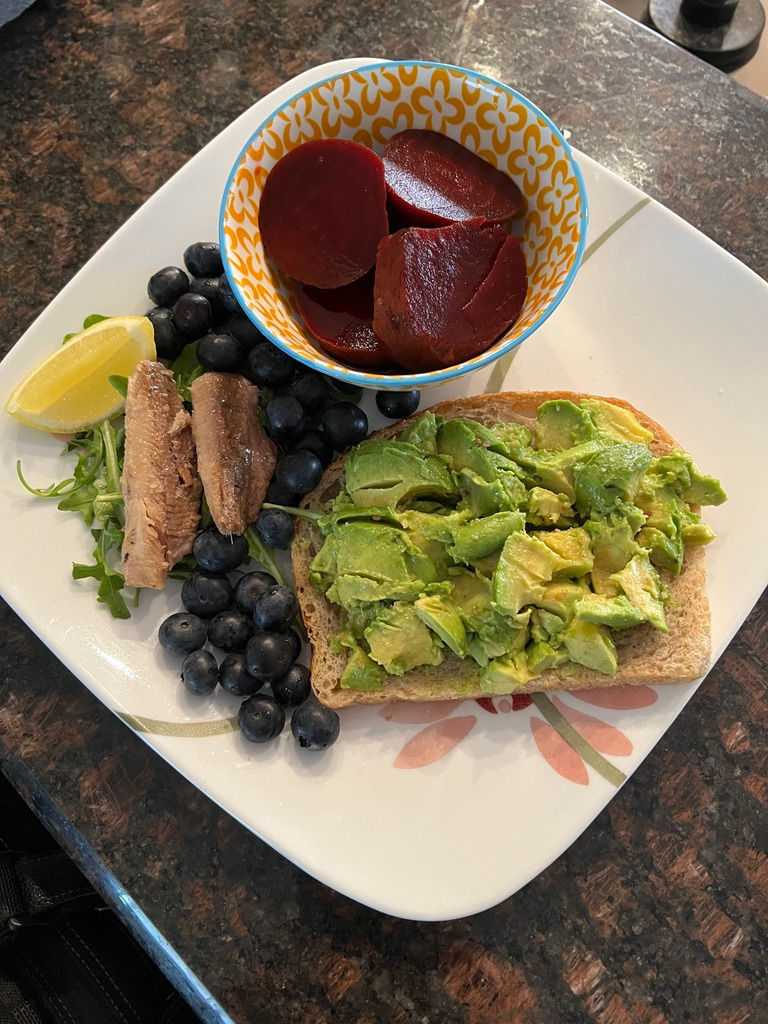Essential Fatty Acids: Omegas in Balance
- freshstartrd

- Jun 5
- 3 min read
Essential fatty acids (EFAs) are crucial for human health, yet few nutrients are as misunderstood—and misbalanced—as omega-3 and omega-6 fats. This blog explores their unique roles, the modern imbalance, and functional strategies to help you reclaim metabolic and inflammatory resilience for lifelong health.
What Are Essential Fatty Acids?
There are only two fats that are considered essential:
Alpha-linolenic acid (ALA): An omega-3 fatty acid
Linoleic acid (LA): An omega-6 fatty acid
These EFAs must be obtained from food because the body cannot synthesize them. Both serve as precursors to longer-chain fats involved in inflammation, immunity, hormone function, and cellular repair.
The Distinct Roles of Omega-3 and Omega-6
Fatty Acid | Type | Function | Primary Food Sources |
Omega-3 (ALA) | Anti-inflammatory | Supports brain health, heart function, reduces chronic inflammation | Flax, chia, walnuts, hemp, fatty fish (EPA/DHA) |
Omega-6 (LA) | Pro-inflammatory (in excess) | Aids skin health, immunity, cellular signaling | Corn, soybean, sunflower oils, nuts, seeds |
Key point: Both are necessary. The issue isn’t omega-6 itself, but how much we consume relative to omega-3s.

The Imbalance in the Modern Diet
The ancestral human diet had an omega-6 to omega-3 ratio of about 2:1 to 4:1. Today, the average Western diet sits between 10:1 and 25:1 in favor of omega-6s (Simopoulos, 2002).
Why it matters: Excess omega-6, especially when paired with low omega-3 intake, may promote:
Chronic inflammation
Atherosclerosis
Cognitive decline
Autoimmune dysfunction (Calder, 2006)
Functional Health Risks of an Imbalanced Ratio
An excessive omega-6 intake (particularly from industrial seed oils) increases the production of arachidonic acid, which can drive inflammation. Without enough omega-3s to balance this, the body tips toward a pro-inflammatory state.
Conditions linked to high omega-6:omega-3 ratios:
Heart disease
Depression and anxiety
Type 2 diabetes
Alzheimer’s disease
Cancer (Simopoulos, 2002)
How to Rebalance for Longevity
1. Increase Omega-3-Rich Foods
Fatty fish (wild salmon, sardines, mackerel, herring) 2–3x/week
Ground flaxseeds and chia seeds daily
Walnuts, hemp seeds, and algae oil for plant-based omega-3s
Consider an EPA/DHA supplement if fish is limited
2. Reduce Excess Omega-6 Intake
Limit processed foods and fast foods
Reduce use of soybean, corn, sunflower, and cottonseed oils
Opt for cold-pressed oils in dark bottles
3. Cook Smart
Use olive oil (low temp), avocado oil (high temp), or ghee (high temp) for cooking
Reserve flaxseed oil and walnut oil for cold dishes
4. Eat a Whole Food-Based Diet
Emphasize anti-inflammatory foods: leafy greens, berries, herbs, turmeric
Rotate fat sources to reduce overexposure to any single type
Daily Fat Intake Cheat Sheet
Goal | Recommendation |
Omega-6:Omega-3 Ratio | Aim for 2:1 to 4:1 |
Omega-3 EPA + DHA | 250–500 mg/day (higher for inflammation/heart health) |
Flax or chia seeds | 1–2 Tbsp/day |
Fatty fish | 2–3 servings/week |
Final Thoughts
Essential fats are powerful. They influence inflammation, brain health, hormone signaling, and even gene expression. A balanced omega-6 to omega-3 ratio supports longevity, cognitive clarity, cardiovascular health, and a more resilient immune system.
Functional nutrition doesn't demonize either fat—it re-educates and rebalances. By shifting away from ultra-processed oils and incorporating whole food sources of omega-3s, you can harness the true power of essential fats.
References
Simopoulos AP. (2002). The importance of the ratio of omega-6/omega-3 essential fatty acids. Nutrition, 21(2), 123–131. https://doi.org/10.1016/S0899-9007(02)00929-9
Calder PC. (2006). n-3 Polyunsaturated fatty acids, inflammation, and inflammatory diseases. The American Journal of Clinical Nutrition, 83(6), S1505-1519. https://doi.org/10.1093/ajcn/83.6.1505S




Comments